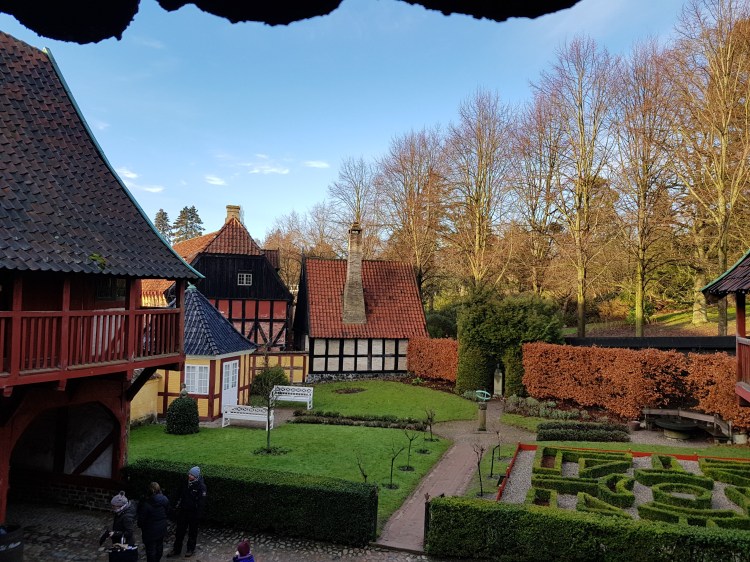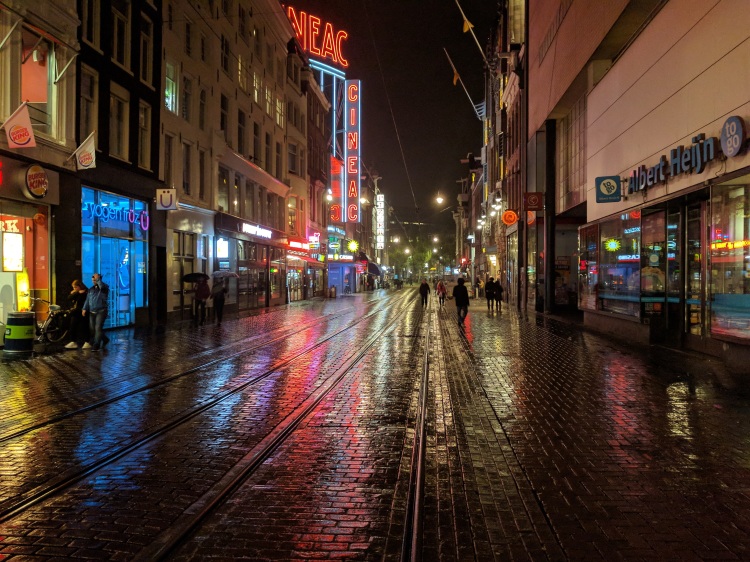In the near six months, I’ve been in Denmark, I’ve had an incredible amount of free time, for better or worse. In fact, I’ve realized that this will be the only time where I need not worry about a job, my grades, or any real “adult responsibilities” until I retire. After this year I have 45 years of responsibility until I enjoy such freedom again. As a result, I’ve spent a lot of time reading. So I thought I’d share just a few of the books I’ve enjoyed:
Dune
Dune is a sci-fi novel often considered the best there is in the way of sci-fi literature. It’s part of a massive series but I only read the first novel due as I really don’t feel like delving into an expansive universe that would take months to finish. However, I really enjoyed this novel and was the first book I read on my kindle. I’d recommend Dune if one is skeptical of heavy sci-fi. Dune isn’t as “out there” as other sci-fi such as Star Trek and Star Wars as it focuses on politics far more than the “spacey” stuff. Though if you’re into that, there’s plenty spacey stuff too.
I’d give Dune a 4/5. Solid Read.
Lolita
Lolita has been on my reading list for a while now. While rather controversial, Lolita is a beautifully written novel about a man who falls in love with a prepubescent girl. Often Grotesque and disgusting, Lolita is written so well that it will illustrate all the thoughts and ideas of a pedophile in vivid detail. I’d recommend Lolita to a specific kind of person; you really should know what you’re getting yourself into before you read it. While it’s not a long read, it’s quite dense and on my find themselves needing to take a break at points.
I’d give Lolita a 3/5. Good read, but I’d be hard-pressed to reread it.
Annihilation
Personally, I didn’t really enjoy this novel very much. It too is part of a series I have no interest in finishing. I read Annihilation as it is being made into a movie shortly and because it was a cheap e-book on Amazon. Annihilation takes place on Earth, not far into the future where, due to unexplained reasons, Earth is in an ecological peril and society is limited to colonies and settlements. The novel follows a group of explorers scoping out an expanse of uninhabitable land. However, the group slowly begins to discover just what makes this land so dangerous.
I’d give Annihilation a 2/5. Can’t really recommend this one.
The Handmaids Tale
The Handmaids Tale was an interesting read, but unsatisfying. It tells the story of an America that has fallen to a religious theocracy sometimes in the near future. This isn’t an alternate history, all the events of America happened as they do today, but at some point, America became a society of religious totalitarianism. Women are mere objects for breeding, they have no rights, and they are expected to live as a woman in the 1700s’ would. I enjoyed this book, but much like Annihilation it left many questions unanswered and was unsatisfying to complete.
I’d give The Handmaids Tale a 3/5. Great worldbuilding and a scary glimpse into what could be.
Birdsong
Birdsong was the first of many novels taking place in World War One I read, the others being A Farewell to Arms and Regeneration. I went through a WW1 phase before the new years and Birdsong was the last, and best novel I read of the bunch. It takes place before, during, and after the First World War and tells a story of love, pain, and the futility of war. This anti-war novel really depicts the harrowing reality of modern war and is well worth the read.
I’d give Birdsong a 4/5. Solid read.
Animal Farm
Animal Farm was the First of several classics I read, Of Mice and Men and The Art of War being the others. My classical phase was enjoyable and I’d recommend all three books for different reasons. Animal Farm was a great read, partially because you could sit down and finish it in an afternoon, and because it’s topical to modern society today. Due to its relevance, I’d recommend it to anyone, especially because the time investment required is minimal.
I’d give Animal Farm a 4/5. Solid Read.
Little Fires Everywhere
Little Fires Everywhere is a story of suburbia taking place in the late 90s’. It follows a mother and her daughter as they move across America. Featuring a vast cast of characters all expertly written Little Fires Everywhere explores ideas of coming of age, race, and identity. Additionally, the mother raising her child is a photographer, harkening back to my own childhood, this novel was a nostalgic trip and I would recommend this novel to anyone. Because of this, and much more, this is the only novel I’d give a perfect score to.
I’d give Little Fires Everywhere a 5/5. Great read, I’d recommend this to anyone.


